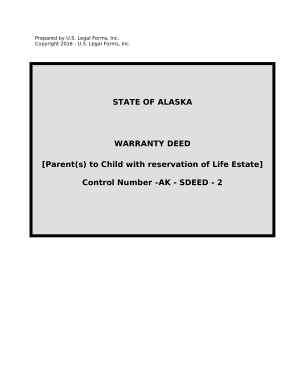
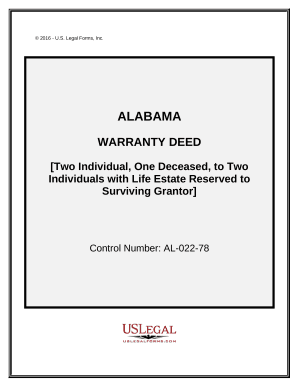
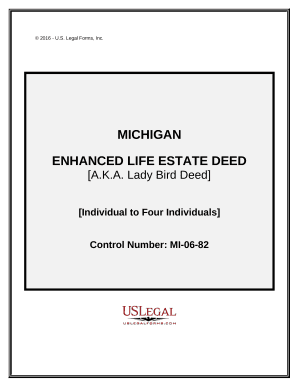
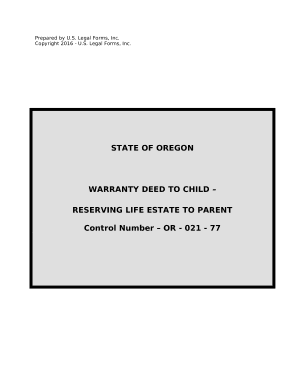
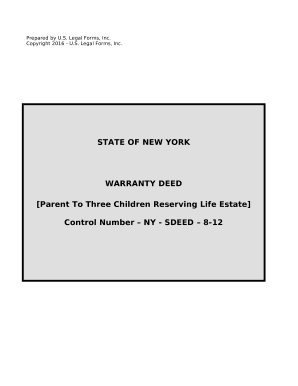
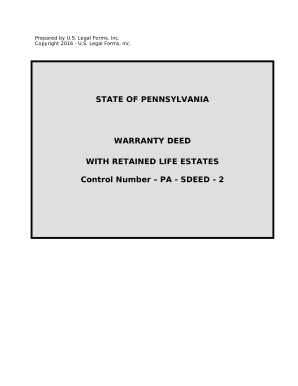
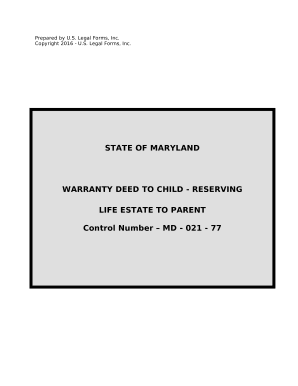

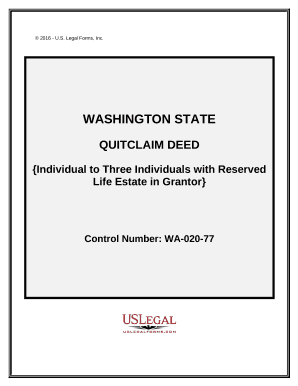
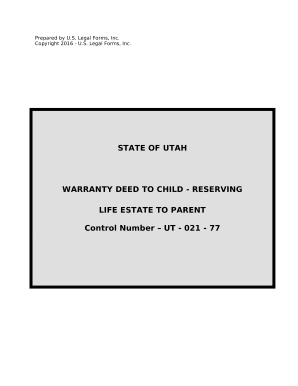
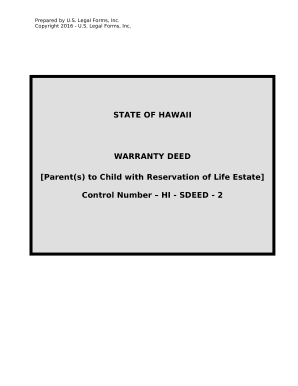
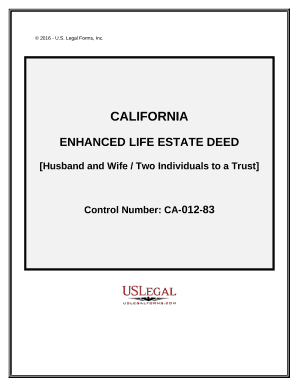
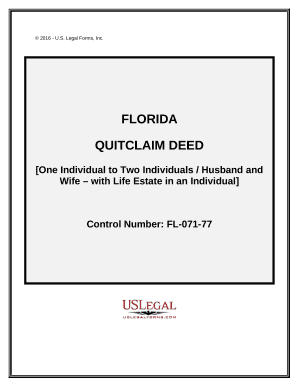
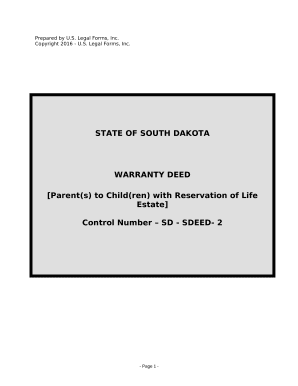
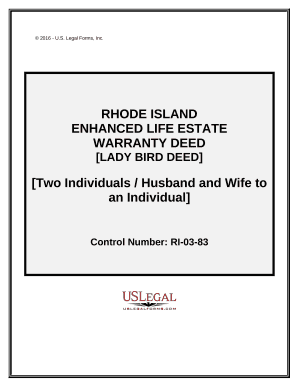

Boost your document administration using our Life Estate Deed category with ready-made templates that meet your requirements. Get the document, alter it, fill it, and share it with your contributors without breaking a sweat. Begin working more efficiently with your forms.
The best way to manage our Life Estate Deed:
Examine all of the possibilities for your online document administration using our Life Estate Deed. Get your free free DocHub profile today!